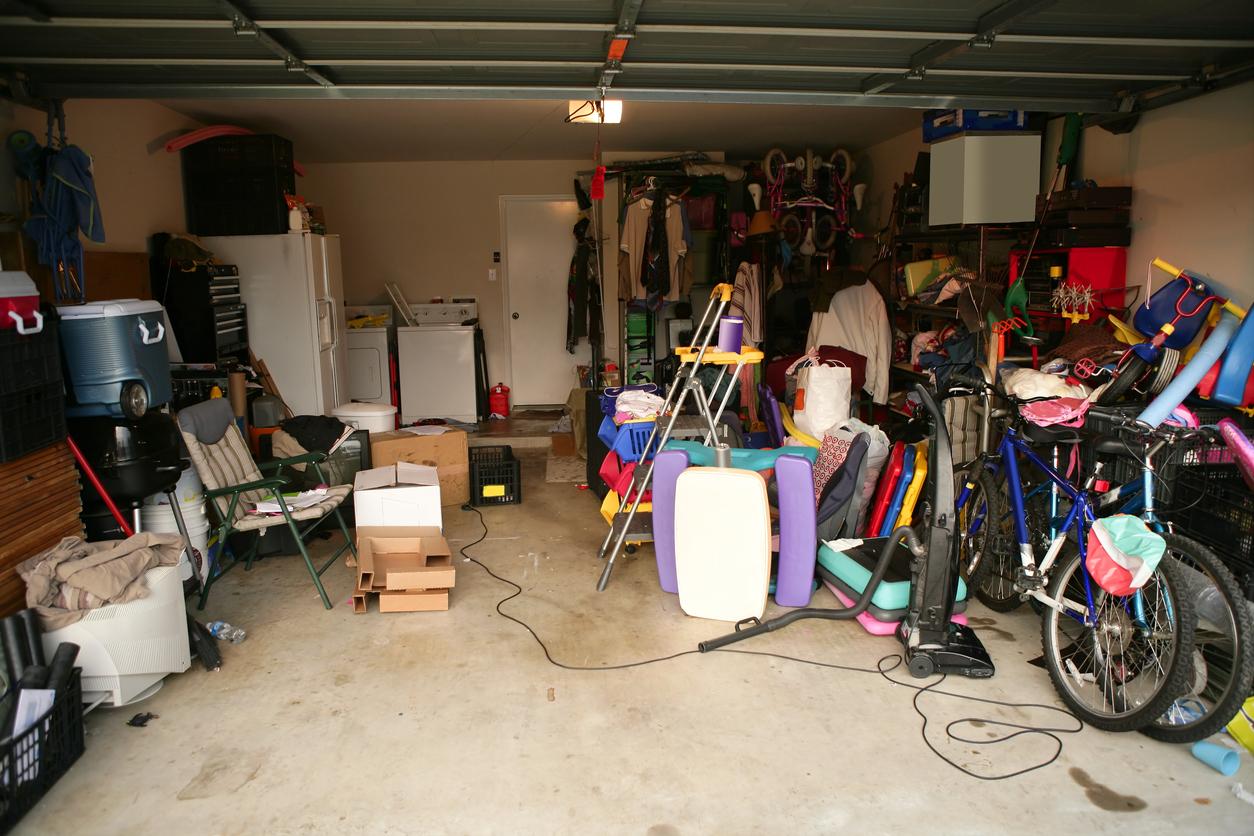Our Guide to Having a Successful Garage Sale: Location, Prices, and What Not to Sell
Published July 28 2023, 4:59 p.m. ET

It takes a lot of planning and research to figure out how to have a successful garage sale. After all, the whole point is to sell as many of your unwanted belongings as possible and give them a new home.
Keep reading to learn what you should sell, what not to sell, pricing items, and the best way to advertise your garage sale.
First, decide what items you want to sell at your garage sale.

Garage sale attendees are usually looking for all kinds of items, so you’re not limited in what you can sell. Things like furniture, home decor, clothing, jewelry, books, toys, electronics, shoes, and outdoor goods are always a safe bet. Most importantly, each item is in good condition and set at a reasonable price.
Here’s what not to sell at a garage sale:
However, there are still a few things you should steer clear of. Items like socks, underwear, open products, and medicine should not be sold at your garage sale, according to Frantic Mommy.
You want to avoid selling broken, unsafe, unsanitary, and severely damaged items. Likely, people won’t purchase these items, so trying to put them up for sale would be a waste of everyone’s time.
Choose a date for the sale.
After determining what to sell, it’s time to choose a date for your garage sale — it’s important to make this a strategic decision. Hosting a sale in the dead of winter probably won’t go over well. Typically, it’s best to have it during the spring and summer, preferably the weekend, as this will allow more people to stop by. Many sales start in the early morning and end in the afternoon.
Now, it’s time to determine how to price your garage sale items.
Regarding pricing your items, it’s crucial to think like a customer, according to Better Homes and Gardens. Most people attending garage sales are looking for a deal — they aren’t going to purchase things that they can find for the same price at the store. The general rule is to price things at less than 10 percent of the retail cost.
Make sure you have all of the practical essentials for your sale.
Garage sales actually require quite a few supplies. You’ll need plenty of tables, racks, chairs, and tarps, not to mention all of the smaller items like a calculator, pens, scissors, tape, price tags, and bags. Bags aren’t a necessity, but if you hold on to them after visiting the grocery store, this could be a great way to give them a second life. Don’t forget to carry extra cash for change too!
Finalize all of your rules and regulations.
Everyone has different experiences with garage sales — some people accept the price as is, and others like to negotiate. Before you begin your sale, you should decide if you’re open to negotiations. Establishing this beforehand can save you a lot of time and trouble!
It’s also common for garage sale customers to ask about holds. If you’re selling larger items requiring a truck or trailer, people might ask if you’re willing to hold it until later. This decision is totally up to you, but it helps to make it ahead of time.
Decide on an advertising method.
Once you’ve worked out all of these details, you should choose an effective way to share information about the sale. Many people post events on social media, which helps to draw in a decent crowd and spread the word. Hanging physical signs up around town is also a great way to attract people.
If you decide to make a social media post, it’s best to be as specific as possible. Take pictures of your big-ticket items and write a descriptive caption about what’s being sold, how much items cost, the time of the event, and where it’s located.